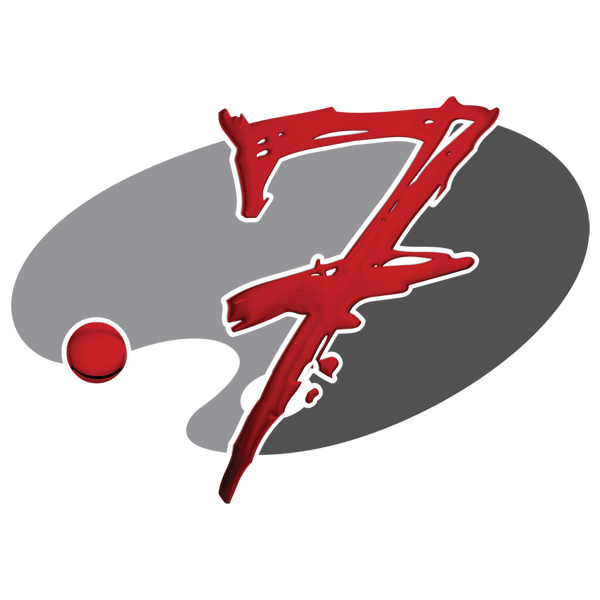
Japanese calligraphy - Karate-do

by Serge Averbukh
Buy the Original Digital Art
Price
$5,000
Dimensions
48.000 x 108.000 inches
This original digital art is currently for sale. At the present time, originals are not offered for sale through the Serge Averbukh - Website secure checkout system. Please contact the artist directly to inquire about purchasing this original.
Click here to contact the artist.
Title
Japanese calligraphy - Karate-do
Artist
Serge Averbukh
Medium
Digital Art - Digital Painting
Description
Introducing 'Treasures of Japan' collection by Serge Averbukh, showcasing convergent media paintings paintings depicting various Japanese artifacts and works of art. Here you will find framed and wrapped/stretched canvas fine art prints, featuring Karate-do (空手) calligraphy.
Karate (空手) is a martial art developed in the Ryukyu Islands in what is now Okinawa, Japan. It developed from the indigenous martial arts of Ryukyu Islands (called te (手), literally "hand"; tii in Okinawan) under the influence of Chinese martial arts, particularly to that of the Fujian White Crane. Karate is a striking art using punching, kicking, knee strikes, elbow strikes and open hand techniques such as knife-hands, spear-hands, and palm-heel strikes. In some styles, grappling, throws, joint locks, restraints, and vital point strikes are also taught. A karate practitioner is called a karateka (空手家).
Karate developed in the Ryukyu Kingdom. It was brought to the Japanese mainland in the early 20th century during a time of cultural exchanges between the Japanese and the Ryukyuans. It was systematically taught in Japan after the Taisho era. In 1922 the Japanese Ministry of Education invited Gichin Funakoshi to Tokyo to give a karate demonstration. In 1924 Keio University established the first university karate club in Japan and by 1932, major Japanese universities had karate clubs. In this era of escalating Japanese militarism, the name was changed from 唐手 ("Chinese hand" or "Tang hand") to 空手 ("empty hand") both of which are pronounced karate to indicate that the Japanese wished to develop the combat form in Japanese style. After World War II, Okinawa became an important United States military site and karate became popular among servicemen stationed there.
The martial arts movies of the 1960s and 1970s served to greatly increase the popularity of martial arts around the world, and in English the word karate began to be used in a generic way to refer to all striking-based Oriental martial arts. Karate schools began appearing across the world, catering to those with casual interest as well as those seeking a deeper study of the art.
Shigeru Egami, Chief Instructor of Shotokan Dojo, opined that "the majority of followers of karate in overseas countries pursue karate only for its fighting techniques ... Movies and television ... depict karate as a mysterious way of fighting capable of causing death or injury with a single blow ... the mass media present a pseudo art far from the real thing." Shoshin Nagamine said, "Karate may be considered as the conflict within oneself or as a life-long marathon which can be won only through self-discipline, hard training and one's own creative efforts."
In 2009, in the 121st International Olympic Committee voting, karate did not receive the necessary two-thirds majority vote to become an Olympic sport. Karate was being considered for the 2020 Olympics,however at a meeting of the IOC's executive board, held in Russia on May 29, 2013, it was decided that karate (along with wushu and several other non-martial arts) would not be considered for inclusion in 2020 at the IOC's 125th session in Buenos Aires, Argentina, in September 2013.
Web Japan (sponsored by the Japanese Ministry of Foreign Affairs) claims there are 50 million karate practitioners worldwide, while the World Karate Federation claims there are 100 million practitioners around the world.
Uploaded
August 7th, 2014
Statistics
Viewed 7,883 Times - Last Visitor from New York, NY on 04/23/2024 at 5:01 PM
Embed
Share
Sales Sheet


























































